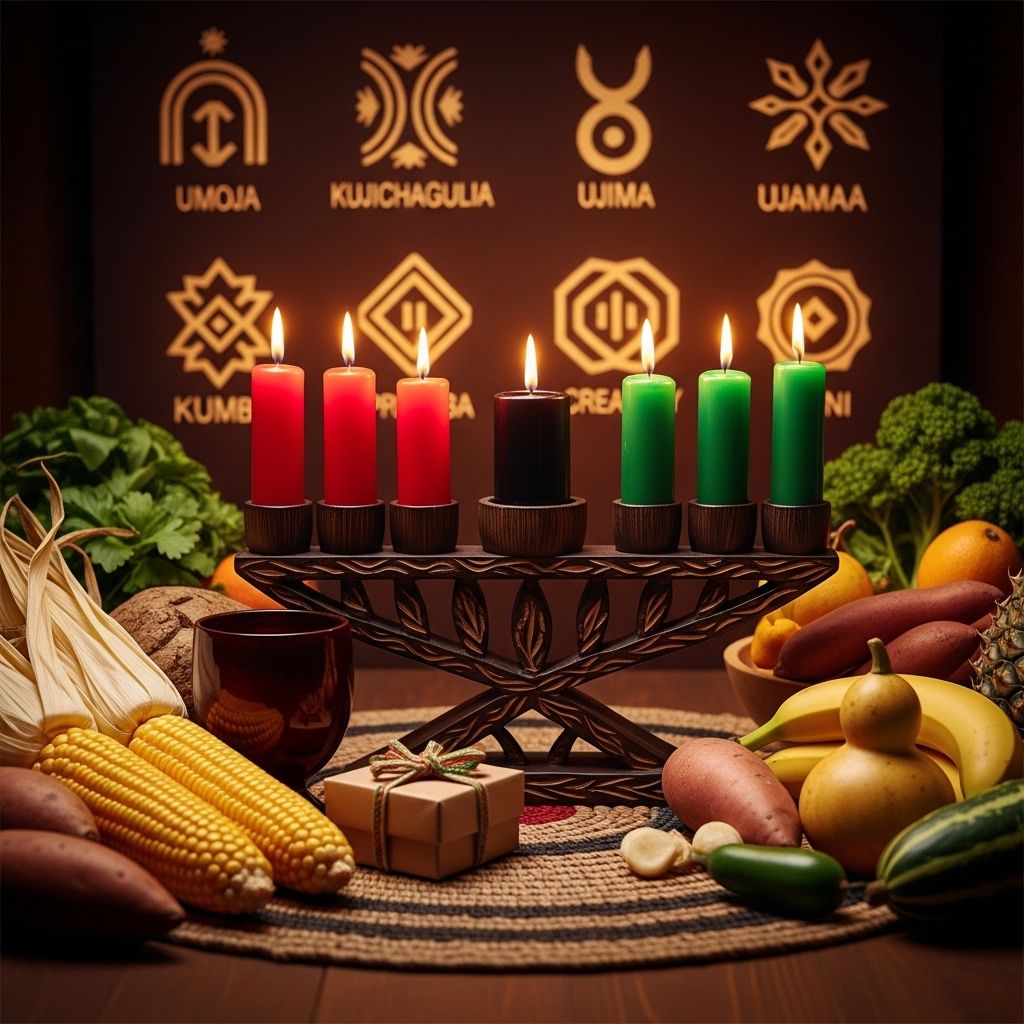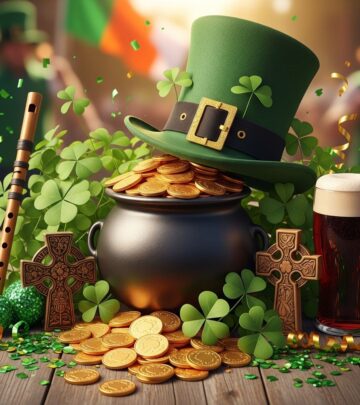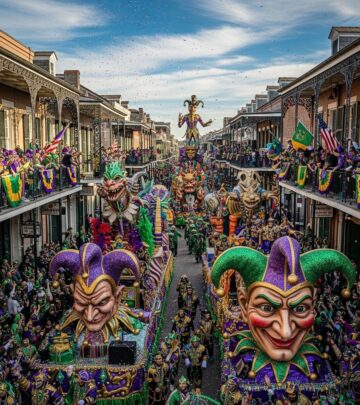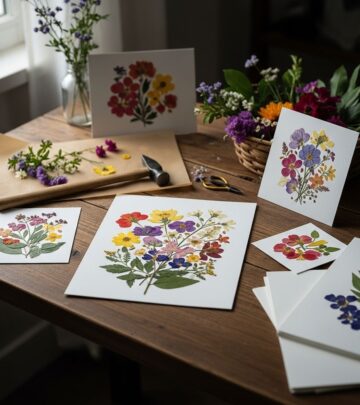Kwanzaa: History, Meaning, and Traditions for Every Generation
A weeklong journey that reconnects families with ancestral values and shared purpose.

Kwanzaa: A Celebration of Heritage, Community, and Culture
Kwanzaa stands as a vibrant annual celebration rooted in African American and Pan-African traditions, observed from December 26 to January 1. More than just a festive occasion, Kwanzaa serves as a time to reaffirm African heritage, values, and unity, inviting families and communities to connect with their roots, remember ancestors, and look forward with hope.
What is Kwanzaa?
Kwanzaa is a non-religious, weeklong holiday that uplifts African American and Pan-African identity, emphasizing community, reflection, and pride. It is distinct from other end-of-year celebrations but often exists alongside Christmas and New Year festivities for many celebrants. From its inception, Kwanzaa has focused on fostering a sense of belonging, unity, and purpose among people of African descent and beyond.
The Origin and History of Kwanzaa
Kwanzaa was established in 1966 by Dr. Maulana Karenga, a professor, activist, and key figure of the Black Freedom and Black Power movements. Inspired by traditional African harvest or ‘first fruits’ festivals—which honor the earth’s abundance and community stewardship—Karenga created this holiday as a response to the lack of cultural holidays celebrating Black identity in the United States. The name ‘Kwanzaa’ derives from the Swahili phrase matunda ya kwanza, meaning ‘first fruits’.
In the turbulent social climate of the 1960s, many African Americans sought pathways to embrace and celebrate their heritage. Kwanzaa emerged as both a healing response and a constructive movement—cultivating self-determination, pride, and togetherness. Over the years, Kwanzaa has grown in popularity, observed especially across the United States, Canada, and the Caribbean, with families worldwide embracing its profound values and rituals.
Kwanzaa’s Seven Principles: The Nguzo Saba
At the heart of Kwanzaa are the Nguzo Saba—the ‘Seven Principles.’ Each day of Kwanzaa focuses on one of these guiding values, collectively forming a powerful framework for personal growth and community building:
- Umoja (Unity): Striving for and maintaining unity in the family, community, nation, and race.
- Kujichagulia (Self-Determination): Defining, naming, creating, and speaking for ourselves.
- Ujima (Collective Work and Responsibility): Building and maintaining community together, helping solve problems cooperatively.
- Ujamaa (Cooperative Economics): Supporting and maintaining our businesses and sharing in their success.
- Nia (Purpose): Committing to the collective vocation of building and developing our community to restore greatness.
- Kuumba (Creativity): Doing as much as we can to leave our community more beautiful and beneficial than we inherited it.
- Imani (Faith): Believing with all our hearts in people, parents, teachers, leaders, and righteousness of our struggle.
Table: The Seven Principles of Kwanzaa
| Day | Principle (Swahili) | Meaning |
|---|---|---|
| December 26 | Umoja | Unity |
| December 27 | Kujichagulia | Self-Determination |
| December 28 | Ujima | Collective Work & Responsibility |
| December 29 | Ujamaa | Cooperative Economics |
| December 30 | Nia | Purpose |
| December 31 | Kuumba | Creativity |
| January 1 | Imani | Faith |
Kwanzaa Symbols and Their Meaning
Kwanzaa is marked by meaningful symbols, each signifying elements of heritage, community, or personal reflection. These symbols are often displayed together on a dedicated table during the celebration:
- Kinara: A seven-branched candleholder representing the ancestors and the roots of the people.
- Mishumaa Saba: The seven candles (three red, three green, one black), each embodying a principle of Kwanzaa. The black candle, symbolizing the people, is placed at the center, flanked by red (struggle) and green (hope for the future) candles.
- Mkeka: A woven mat symbolizing the foundation of history, tradition, and community.
- Vibunzi (Ear of Corn): Each ear represents a child in the family, highlighting the role of children in carrying on heritage.
- Zawadi: Thoughtful gifts, often handmade, that reflect the principles of the holiday and affirm growth, achievement, or cultural identity.
- Kikombe cha Umoja: The Unity Cup used to pour libations, honoring ancestors and reinforcing the importance of togetherness.
- Fruits and Vegetables: Displayed to evoke harvest festivals and abundance.
Typical Kwanzaa Traditions and Rituals
Kwanzaa is celebrated through a blend of cultural and ceremonial traditions that encourage reflection, gratitude, and connection:
- Family Gatherings: Each evening, families and friends assemble, typically around the Kwanzaa table, to honor that day’s principle by lighting the corresponding candle, sharing stories, and engaging in discussions.
- Candle Lighting Ceremony: Each of the seven nights, an additional candle is lit and the meaning of the day’s principle is discussed, often accompanied by songs, recitations, or personal reflections.
- Feasting (Karamu): The most vibrant event often takes place on December 31, featuring a communal meal inspired by African, Caribbean, and Southern cuisines. This feast is a time of joy, music, and unity.
- Libation Ceremony: Honoring ancestors through the pouring of liquids, with prayers or affirmations of remembrance and gratitude.
- Giving of Zawadi: Children and loved ones receive gifts that encourage educational or personal growth, typically avoiding commercialized items in favor of thoughtful, handmade objects.
- Cultural Expressions: Kwanzaa celebrations may include the performance of African drumming, dance, poetry, storytelling, and the display of art or artifacts—each emphasizing creativity and pride in cultural heritage.
Kwanzaa Foods and Festive Flavors
Food is a central component of Kwanzaa, with dishes echoing the diversity of the African diaspora. The feast (Karamu) encapsulates celebration, sharing, and connection. Typical Kwanzaa menus might feature:
- Jollof Rice (West African spiced rice dish)
- Collard Greens (symbolizing good fortune)
- Fried Plantains and Yams
- Gumbo and other stews
- Sweet Potato Pie and Cornbread
Each meal embodies more than flavor; it is a chance to gather, share family stories, and honor those who came before.
Who Celebrates Kwanzaa?
Kwanzaa finds its strongest roots among African Americans and people of African descent, especially in the United States, Canada, and Caribbean communities. However, its universal themes of unity, responsibility, and creativity resonate far beyond, inviting participation from diverse families and communities worldwide—regardless of faith or background. While not a religious holiday, many observe Kwanzaa alongside established traditions, reflecting its inclusiveness and enduring appeal.
Why Is Kwanzaa Important?
Kwanzaa plays a vital role in affirming cultural identity and nurturing intergenerational bonds. By promoting principles such as unity, creativity, and collective responsibility, Kwanzaa fosters a sense of empowerment and mutual support. It offers a space to celebrate Black excellence, resiliency, and ingenuity, and inspires hope for future generations. Kwanzaa’s emphasis on community, values, and heritage continues to fuel its growth and relevance in contemporary society.
How to Celebrate Kwanzaa: Tips for Families
Celebrating Kwanzaa can be deeply personal or widely communal. Families might:
- Set up a Kwanzaa table with the mkeka, kinara, candles, corn, and other symbols.
- Light a candle each night and discuss the day’s principle.
- Share traditional foods, recipes, and music from across the African diaspora.
- Read or tell stories celebrating Black heritage, literature, or achievements.
- Exchange meaningful, handmade gifts (zawadi).
- Engage in community service or collective projects that reflect Kwanzaa’s ideals.
Remember, the essence of Kwanzaa is not in elaborate preparation, but in meaningful connections, reflection, and joyful affirmation of culture.
Frequently Asked Questions about Kwanzaa
Is Kwanzaa a religious holiday?
No, Kwanzaa is a secular holiday—it is not tied to a specific religion. People of all backgrounds and faiths can participate in Kwanzaa celebrations, and it often complements other holiday observances rather than replacing them.
Where is Kwanzaa celebrated?
Kwanzaa is most widely observed in the United States, but also embraced by communities in Canada, the Caribbean, and other regions with African diaspora populations.
Can non-African Americans celebrate Kwanzaa?
Yes. While Kwanzaa centers on African and African American heritage, anyone who values its principles and wants to honor unity, purpose, and creativity can respectfully participate.
How did the symbols and colors of Kwanzaa originate?
The colors—red, black, and green—originate from African liberation movements. They symbolize the people (black), their struggles (red), and future prosperity (green). The symbols, rituals, and language borrow from Pan-African traditions and emphasize the importance of culture, remembrance, and contribution.
Is Kwanzaa still relevant today?
Absolutely. Kwanzaa’s emphasis on self-determination, cultural pride, and collective responsibility continue to inspire individuals, families, and communities worldwide, particularly as a counterbalance to commercialization and social challenges.
Resources and Further Reading
- Kwanzaa: A Celebration of Family, Community, and Culture by Maulana Karenga
- National Museum of African American History and Culture – Kwanzaa Exhibit
- Educational materials and events at local Black cultural centers, libraries, and museums
Final Reflections
Whether celebrated with family or in community, with grand events or intimate rituals, Kwanzaa invites all participants to acknowledge the past, affirm shared values, and build a brighter, more unified future. Its enduring legacy is not only in its symbols and ceremonies, but in the spirit of resilience, achievement, and hope it sparks in every generation.
References
- https://en.wikipedia.org/wiki/Kwanzaa
- https://www.ciee.org/go-abroad/college-study-abroad/blog/origin-and-traditions-kwanzaa-and-how-its-celebrated-around-world
- https://newsroom.csun.edu/2023/12/19/kwanzaa-history-and-how-to-celebrate/
- https://nmaahc.si.edu/explore/moments/kwanzaa
- https://www.goodhousekeeping.com/holidays/a38039247/kwanzaa-traditions/
- https://www.bpl.org/blogs/post/the-origins-and-practices-of-holidays-kwanzaa/
- https://www.britannica.com/topic/Kwanzaa
Read full bio of Sneha Tete












